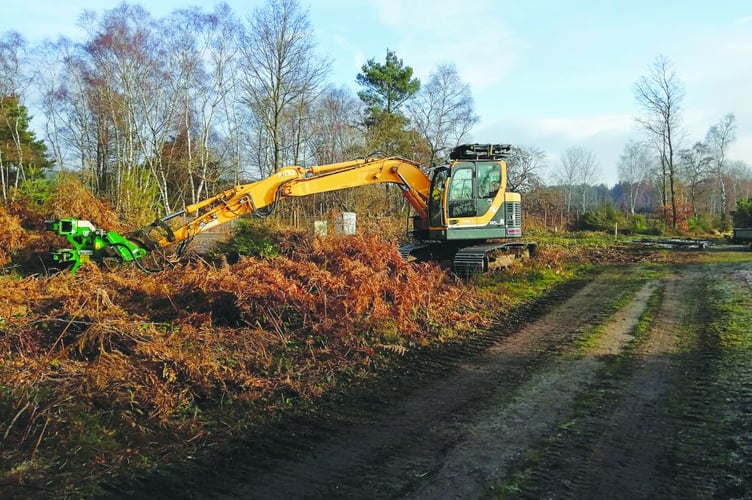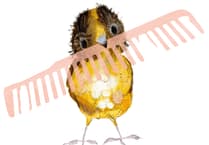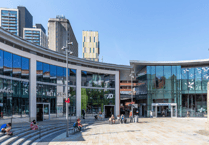THE appearance of large digger-like vehicles cutting down trees and scrub on Chobham Common may have alarmed nature lovers, but the work is deemed essential to improve the heathland habitat.
The national nature reserve’s conservation manager, Surrey Wildlife Trust (SWT), says the clearance is taking place to benefit birds and reptiles, as well as to maintain access for emergency services and keep firebreaks clear.
Chobham Common holds a very special place in nature. It’s one of the finest remaining examples of lowland heath in the world, a biological Site of Special Scientific Interest, a Grade 1 Nature Conservation Review site and it is also designated as a National Nature Reserve.
The common is also part of the Thames Basin Heaths Special Protection Area and the Thursley, Ash, Pirbright and Chobham Special Area of Conservation.
In total, nine hectares (22 acres) of scrub – small trees and bushes growing on heathland – are being removed from the common. Some of the scrub is being cut and cleared mechanically using large vehicles along the fire breaks and wider tracks.
In addition, a new fire break of 20 metres (72 feet) is being created at Burnt Hill, on the northern section of the common, to improve emergency access and wildfire resilience in that area. This is where the serious fire occurred last August, when the fire brigade declared a major incident and crews were there for a week finding, locating and putting out hot spots.
SWT’s conservation manager for its Thames Basin Heaths sites, Ben Habgood, explained: “The cutting, chipping and collecting machinery will create some noise and ground disturbance, leaving muddy and rutted tracks temporarily, which will be levelled following the completion of the works.

“Temporary rubber matting will be laid down in some locations across rights of way to minimise ground disturbance by machinery.
“We ask the general public to follow the contractor’s signage while the works are in progress and thank them for their understanding and patience while this vital work is completed.”
Older, leggy and overgrown gorse is being removed, as it is less valuable to wildlife. Opening up these areas will benefit rare bird species for which the common received its special protection area designation, such as woodlark, nightjar and the Dartford warbler. In addition, reptiles will benefit from the newly created open sandy areas.
Gorse – a beautiful but highly flammable shrub – is mapped according to age, then cleared on rotation. This not only improves the resilience of the common in terms of fire risk but also benefits key heathland wildlife species.
Firebreak networks are managed to improve emergency services access. This work includes gorse removal and tree works to keep breaks open. Dense clumps of gorse are being removed in key areas to reduce fuel for wildfires.
The works have started in the north of Chobham Common, so Surrey Wildlife Trust advises walkers to visit the southern areas of the Common during this period, where there no works are planned.
The trust apologises for any disruption to those visiting the Common for winter walks or rides during the four to six weeks the work is in progress.
Roundabout, Fishpool, and Monument car parks will stay open throughout but Longcross, Staple Hill and Jubilee Mount car parks are closed at times while the work is carried out near to those areas.




